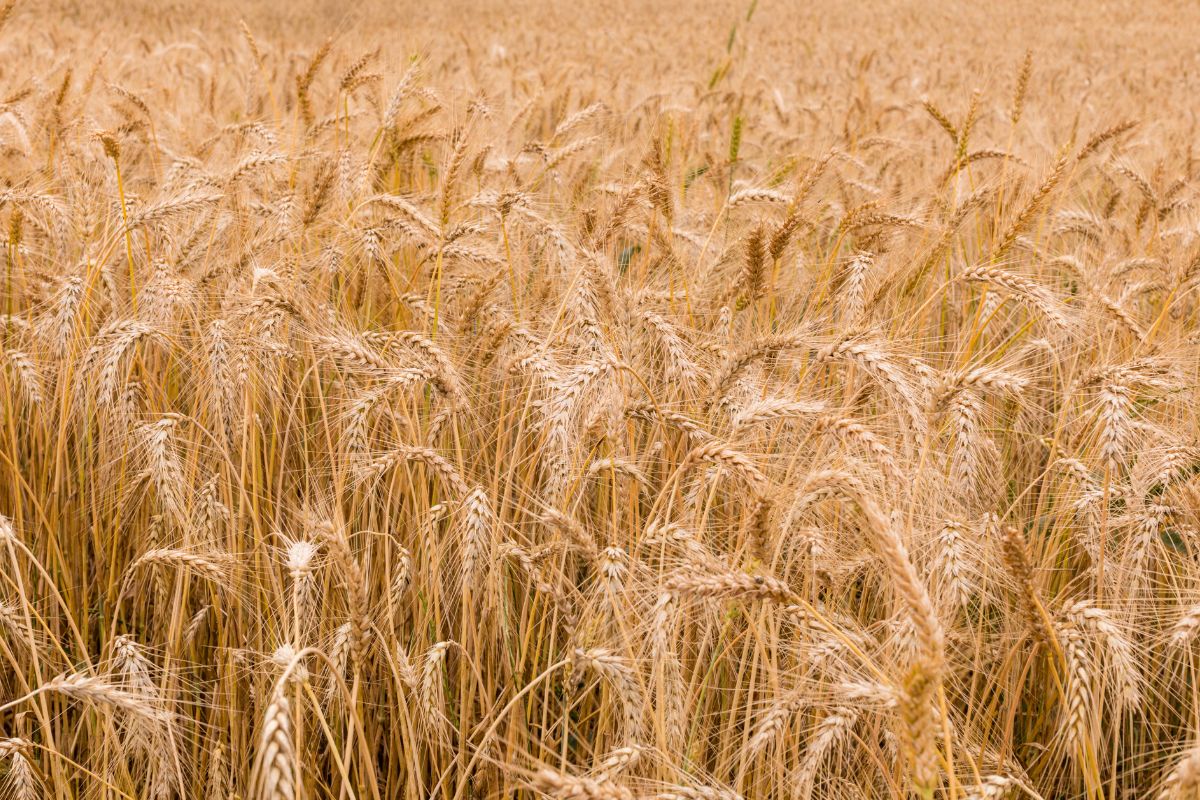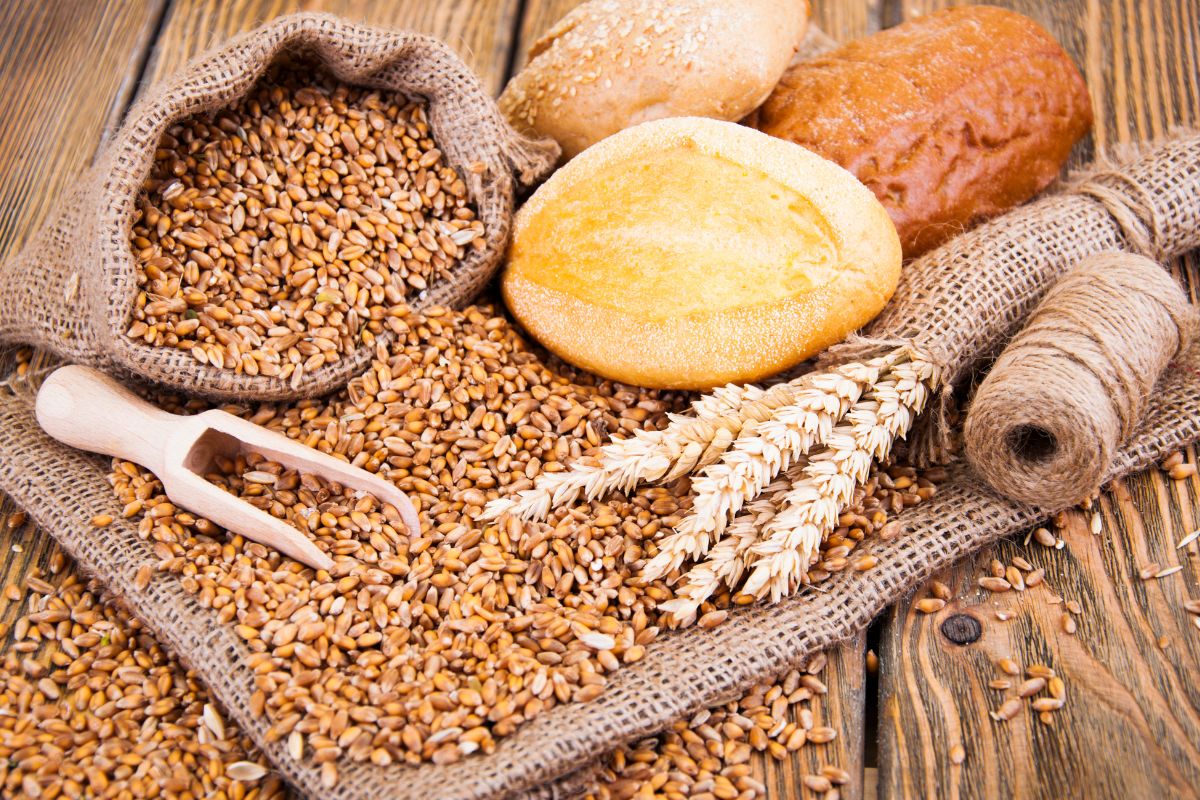Amongst the most popular grains in the world, wheat is one of the top options and a popular option for human consumption and feed for livestock. But did you know that you can also place your money in wheat investment?

Today you will learn how to invest in the wheat industry and some of the many reasons that you may want to consider this as a viable option for your portfolio.
We’ll also take a look at how and where to invest in it and why it’s one of the most traded agricultural grains in the world.
Why Should You Invest In Wheat?
One of the most obvious reasons to look to invest in a commodity (see also ‘How To Invest In Water Commodities‘) like we are is that you will be able to hedge your bets against inflation.
The price of a commodity usually goes up when inflation increases, and as money loses value over time and the cost of living increases, you are able to hedge against the rising rates and protect yourself against these costs.
This is also a superb way to diversify your portfolio. Everyone knows about investing in stocks, shares, and, but the addition of wheat can easily diversify a portfolio and use a commodity option that is used the world over.
Having a larger spread over various investments will allow you to protect yourself when the stock market is down.
Another reason to go with investing in wheat is because of currency speculation. A lot of commodities are usually priced in US dollars, and in our case, this is what wheat is also priced at.
This means that you can act depending on how strong the dollar is because importers of wheat will face high costs that push its price higher when the dollar is strong.
However, when the dollar is weak, your average cost of wheat will be cheaper, meaning that a savvy investor will keep an eye on the dollar.
There is also wide global demand for weeks that are commonly used around the world for both human and livestock consumption.
In the case of third-world countries or developing countries that have an increasing population, their overall consumption of sweets will increase because it’s a cheap way to feed the masses.
You can capitalize on this economic factor by investing in it.
How To Invest In Wheat
There are a number of methods to invest in wheat which will explain below.
Wheat Stocks
If you don’t want to directly invest in wheat, you invest in the companies that are involved in the production or distribution of wheat.
Although there are no pure wheat businesses available to invest in right now, there are a number of agricultural companies that produce sweets as part of their business operation.
Wheat Futures
This is for the investor that would like to speculate on a short-term price change. Futures contracts are agreements that are made on a pre-agreed date in the future on a trade.
This is not an ideal option for beginners as it will require an in-depth knowledge of how the wheat industry works, and how this market operates, and so we would only recommend this for experienced investors.
Wheat EFTs
Using a wheat ETF is an easy way to gain exposure to eat, and exchange-traded funds will track the price of wheat, whilst some will also include agricultural business to make it an easy and cost-effective option to speculate.
Only one ETF directly tracks the price of wheat, although there are many options for agricultural-focused ETFs that are available on the market. This is probably the best option for those that one and easy buying without too much hassle.
Mutual Funds
These are similar to ETFs and investors are able to buy shares in them, however, mutual funds will be managed by a professional funds manager who will buy and sell according to their own expertise and analysis.
No pure wheat mutual funds exist, but you will be able to invest in the wider agricultural sector which includes exposure to the wheat market.
When Should You Invest In Wheat?
The short answer is that it will ultimately depend on your investment goals and strategy. Depending on the current economy and geopolitical climate, it all depends on the price of wheat, making it difficult to predict how wheat prices will pan out.

Predicting this is a situation that will be beneficial to traders who are happy to run the risk, which might be a strategy that doesn’t suit everybody, especially beginners to invest.
A general rule of thumb is to invest in wheat when inflation rates are on the rise. As commodity prices will rise with inflation, going with investment in wheat makes for a good strategy.
Another factor to consider is the price of the US dollar, which is how wheat is price based. If the US dollar is strong, then it might be worth holding off until it drops in value.
You should also consider other worldwide factors.
Population growth and whether developing countries have the necessity for wheat at this time, supply and whether there are geopolitical issues affecting supply chains, but also things like the weather, in which extreme heat or downpours can reduce a yield of wheat.
Poor weather conditions in China, Europe, and Europe have been known to drastically reduce their output of crops which increases the price of wheat.
You also see many countries stockpiling grains when there is a change to the climate, and when they are held onto this will impact the total price of wheat.
For example, China holds two-thirds of the grain supply and thus stockpiling needs to be considered an important consideration.
In terms of what to do now, it could be a good idea to register with a broker and get their advice.
Final Thoughts
As you can see, there are many positive reasons to invest in wheat, and as long as you consider the many factors, you could find yourself with a tidy profit and a superb option for your portfolio.
- How to secure crypto accounts the simple and safe way? - December 24, 2025
- Best crypto apps for beginners in 2026 - December 24, 2025
- Crypto volatility explained: why prices move so fast? - December 24, 2025

